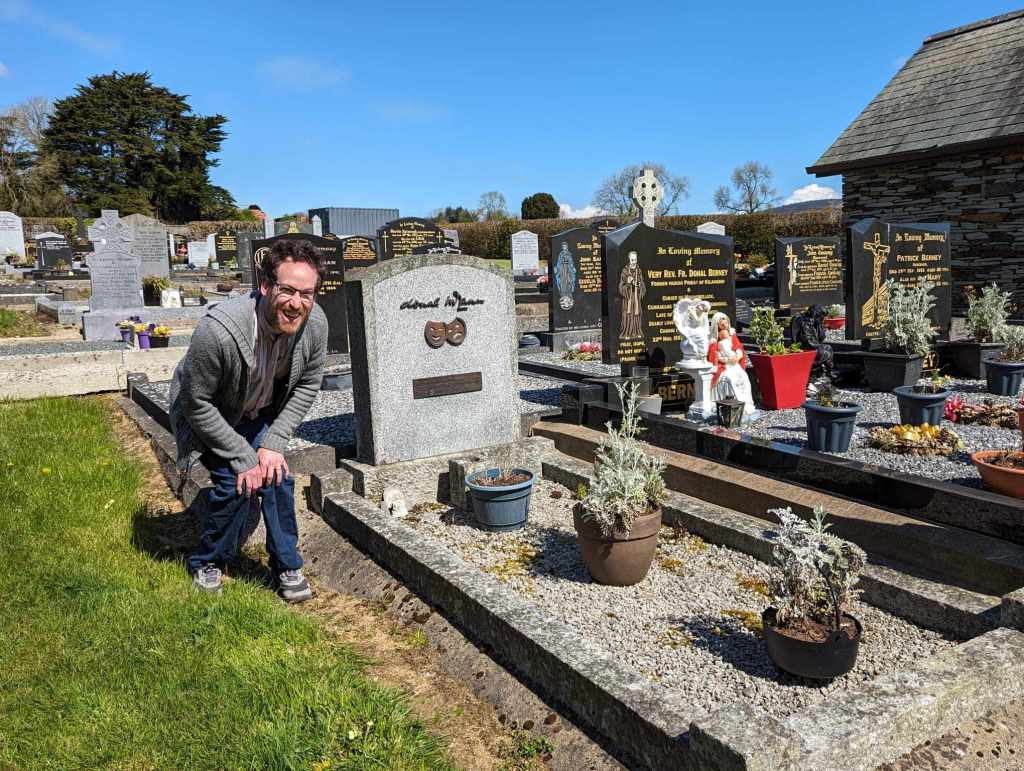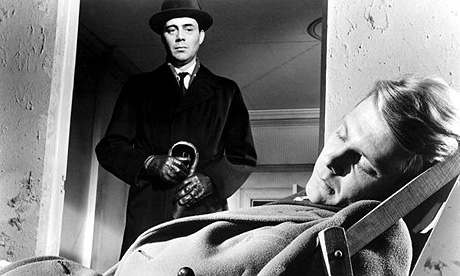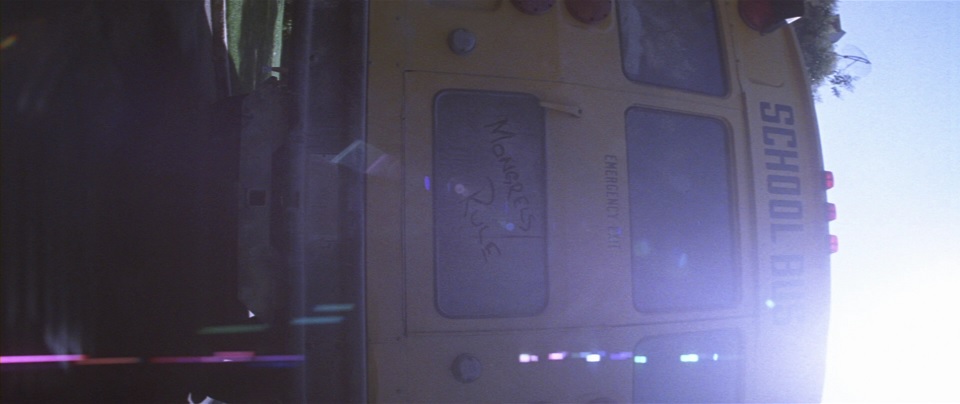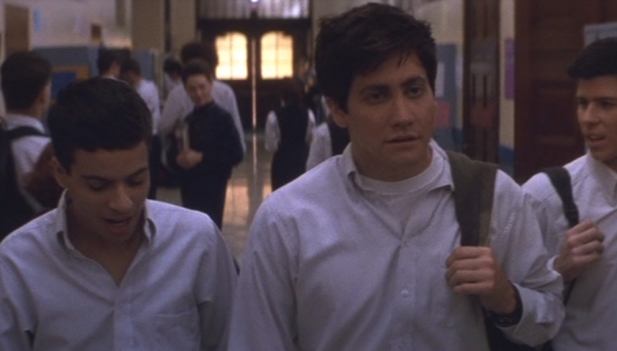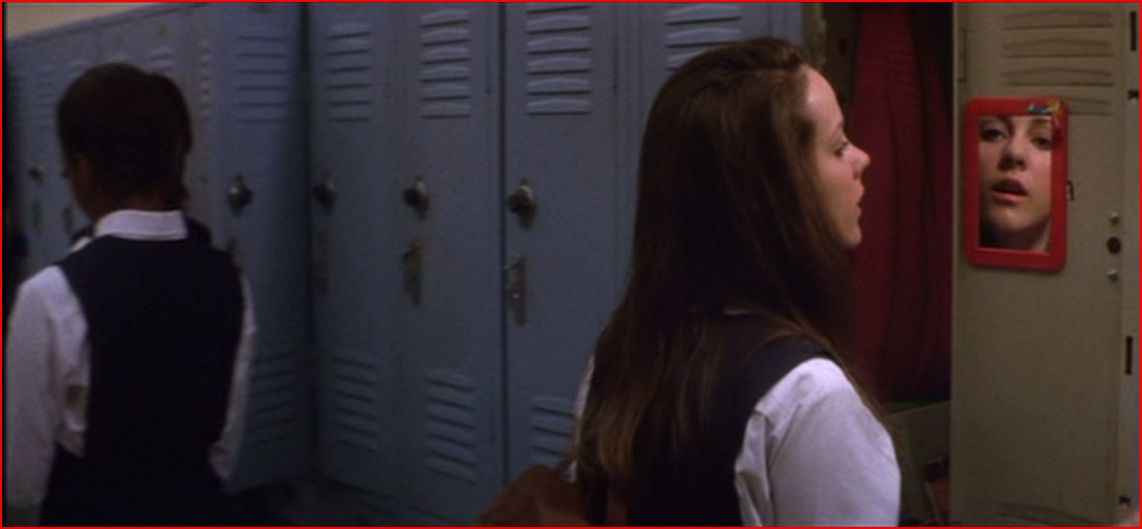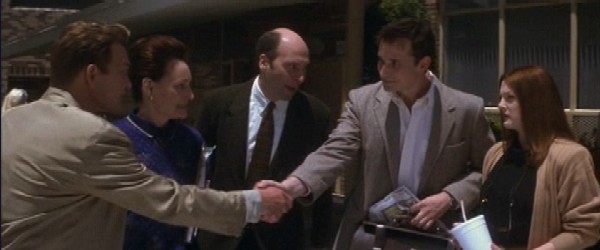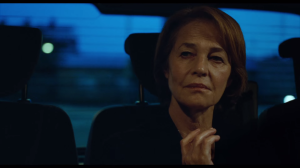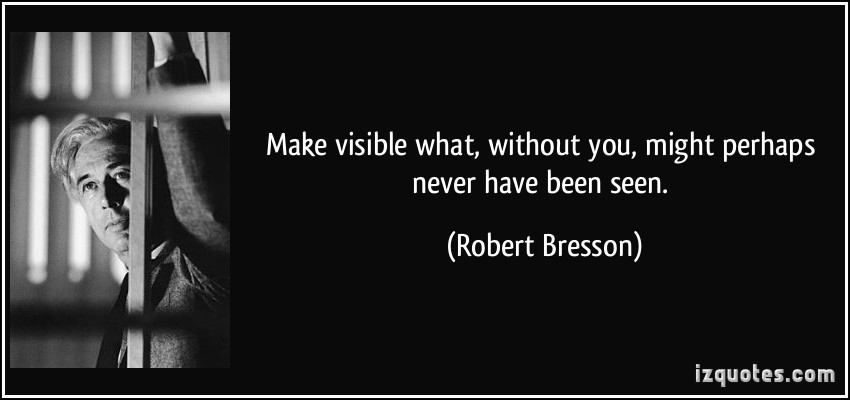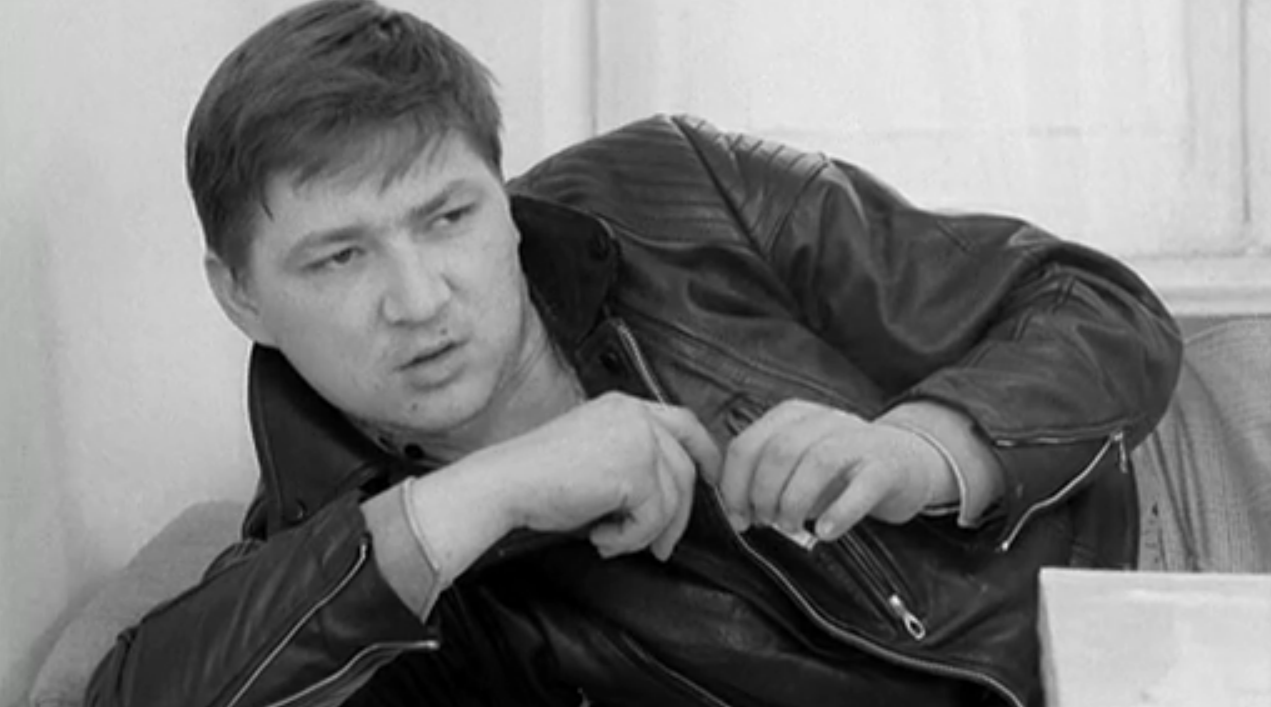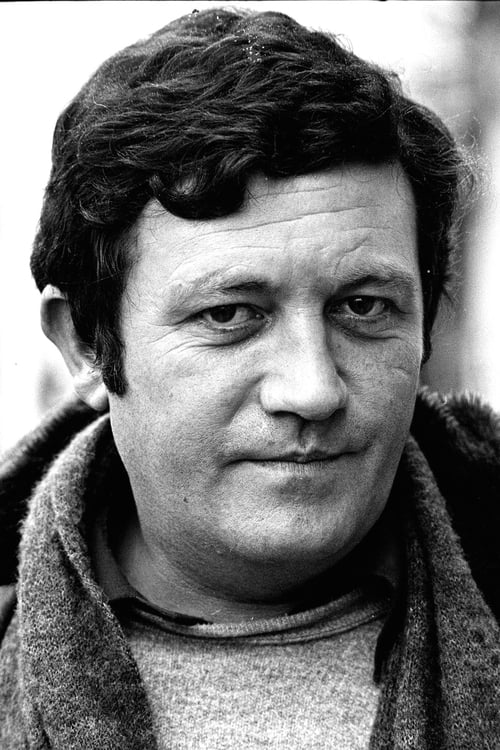
Donal McCann made a career in Ireland as an actor which was rare in the 70s and 80s, perhaps more so now for what he achieved. He was a character actor who often played leading roles and worked several times with John Huston, Bob Quinn and Neil Jordan. Even more acclaimed on stage, he worked frequently with Derry playwright Brian Friel whose one-hander Faith Healer is perhaps McCann’s finest role for those who saw it. Born in Terenure, South Dublin in 1943, he was a long time resident of Glasnevin, North Dublin near his favourite pub The Gravediggers. He died aged 56 in 1999 of pancreatic cancer, he would have been 80 this year.
His finest roles for me were as Sligo farmer Danny in Colin Welland’s 1976 BBC Play for Today Your Man From Six Counties, Trade Union leader Barney in RTÉ’s 1980 Strumpet City and the writer Gabriel in John Huston’s final film The Dead. Special mention to his Donegal farmer Hamilton in December Bride and Gar in the 1977 adaptation of Philadelphia, Here I Come. McCann has a ruggedy sense of himself and the world. Whether playing working class characters with middle class backgrounds like Sam in The Miracle, one’s own mortality reveals itself when you are vulnerable. McCann’s head is a pressure cooker on timed, each gesture brings a truth and subtly not expected from Abbey Theatre training often given a reputation for overacting. McCann’s time in England in the 70s brought a wealth of experience which he brought back to Ireland to bring a sense of lived disquiet to Irish life. My hometown of Bray, Co. Wicklow is where McCann made many of his films, Sam in The Miracle lived on the seafront, henchman Ryan in The Hard Way chased Patrick McGoohan around the corner from my old apartment. Wicklow is everywhere on screen these days but with McCann as your guide, each trip to Bray Dart Station from where I live now gets more poignant by the day.
Take Your Man From Six Counties Danny has a crisis, his brother is killed by the UVF, his nephew comes to Sligo to live with him and his wife (Brenda Fricker). Later on Danny debates with a priest about religion in Irish society. It’s the kind of debate like that between Maeve and her ex-boyfriend in Pat Murphy’s Maeve, deeply questioning for its time. God knows dated films teach us the most about the world they represented when these topics were less discussed on screen. Take something even more individualist and you find Gar’s rant to his ex-girlfriend in Philadelphia, Here I Come to get out of Ireland, escape his past and go forward to a vast, possibly anonymous future in The US. In 2023 Gar’s rant feels at once fresh and familiar as it was in 1964. The priests’ hold on Ireland isn’t what it was. The Troubles ended but parts of society remain divided, Northern Ireland’s Government once again has collapsed. Gar’s feeling to leave our small island rests on a small town mentality which brings him a lack of freedom and privacy. What would Donal McCann have thought of Ireland today? It is a crisis of housing supply, affordability and The HSE’s privatisation. Ireland’s population has grown significantly since 2011, supply has crushed expectations. Then again Irish expectation of infrastructure is low by European standards. I think McCann’s subtle feeling of angst often reflects low Irish expectation, a McCann character often feels defeatist.
When McCann moved to London in the 70s, one of his first roles upon arrival was a TV play called Brown Skin Gal, Stay Home and Mind Bay-Bee (after the Harry Belefonte song). McCann plays Roger Pentecost, an Irish electrician based in the UK renting a room from divorcee Ruth (Billie Whitelaw). Roger brings across McCann’s sensitivity due to his lack of independence with household chores and social situations. Both Roger and Ruth fantasise about each other, Ruth through sex, Roger through marriage. Ruth’s stern tone and matter of factness against Roger’s anxiety and lack of awareness brings interesting connotations of Protestant and Catholic upbringings respectively. Through McCann’s roles as tradesmen, farmers, priests, gangsters, detectives, artists, is a naturalism that his supposedly rugged exterior fits comfortably in. Silence rules him most of all (Budawanny, December Bride, Poitín). The Irish language Poitín made upon McCann’s return to Ireland has him cry out for his dog, Quinn’s later Budawanny is a silent film. Thaddeus O’Sullivan’s December Bride takes in Irish landscape perhaps like no other to grace McCann’s presence. As it demands solitude which is how Poitin and Budawanny also align, but they do so through the human face.
In December Bride McCann’s Hamilton has the line to the local priest “crops have reared on stony ground before” O’Sullivan holds McCann’s stare as he trades religion for his tranquillity. His solitude towards his work is an interesting contrast to Barney in Strumpet City as collectivism and social politics vends further frustration as he tries to unionise his crew in the pub in the second episode. The director Tony Barry gives the ensemble equal measure sparing time between close-ups. How often has a city been filmed on screen leaving a viewer a desire not to live there? Strumpet City is shot between Dublin’s inner city and Dún Laoghaire with eerie interiors at RTÉ Studios (the production is by far their crowning achievement). This Old Dublin viewed today of course brings with it the shock of its on the margins social framework and policy bringing those struggling down. The collectivism (ala John Ford) of Strumpet City in the city environment is where the vulnerable depend on the will of others in the labour force for survival. In contrast to the wilderness of December Bride’s rural Donegal setting where it is every man and woman for themselves ala Howard Hawks’ Bogart characters, or more accurately Mark O’Halloran’s (Garage) the individual decides their fate.
As an Irish actor McCann featured in The Abbey alongside Stephen Rea, Rea is less domineering as an actor. You would find it difficult to see Rea as Barney in Strumpet City or McCann as Fergus in The Crying Game. McCann’s sensitivity is less apparent on first viewing, his face does most of the work. His physicality is quite evident in some roles more than others; Poitin, Strumpet City, The Miracle. In Poitín he ends up battling an individual (Cyril Cusack), in The Miracle he battles himself. The director of Poitìn Bob Quinn has said McCann spoke no Irish unlike his co-stars Cusack and Niall Toibin, it was the first feature film in Irish. Quinn was convinced that as McCann had little dialogue his physicality would shape his character. We know of Barney’s left wing politics in Strumpet City, Labhrás in Poitín is prompted by violence in a way like no other McCann character. The environment of the Connemara hills where Quinn (originally from Dublin) himself has called home since the 60s gives an air of ambiguity. Picture the scene Ireland 1978, four years before Neil Jordan’s Angel (also with McCann) which would arguably change the landscape of Irish film. Ireland was impoverished but filled with a richness of character and the picturesque, no one better than Bob Quinn reflected this. As McCann’s individuals for Quinn were lost to traditions of old, isolation by circumstance (their settings) perhaps the films can be seen as timeless, a labourer stuck for work and a Catholic priest becoming a father (Budawanny).
If we reflect on the lack of speaking McCann does for Quinn we find an ambiance, men who through their environments have no room to even ponder their prospective futures, life has dealt them a difficult hand. Surely ‘the full Donal’ is attributed to speech? as the fine Dublin brogue would attest. Stephen Rea’s main contribution to Irish society is his voice, often underused. As McCann always had the privilege to use his voice and his body in ways that other Irish actors didn’t, vocally McCann rarely played an American or Englishman. His build like that of Oliver Reed, Alan Bates or Albert Finney is rare on screen nowadays, it gave McCann a sense of someone once authoritative, the next bombastic and finally one of fortitude. The rareness of McCann’s success if one were to compare finally to Brendan Gleeson, he didn’t need Hollywood at all. It is said that stage actors such as McCann and Rea needed to remain in London for theatre, as they found the big screen work in the 80s at Ardmore and elsewhere it became possible for an Irish base. You could bump into them in a shop, they are part of Irish society.
McCann had the habit of looking different from role to role, think Strumpet City to Budawanny to The Nephew. From Terenure his accent has the feeling of old inner city Dublin. His stomping ground of Glasnevin is close, North Central, in proximity to The Gate and Abbey Theatres where he felt at home. McCann’s performance as the father Sam in The Miracle opposite the young newcomer Niall O’Byrne is unquestionably a mismatch of acting abilities. McCann doesn’t have to speak to give a strong impression of nuance, never more evident than his walk by the sea. As I write this I am on Bray seafront where the characters lived, they shot it during Italia 90. They worked at a jazz club down the prom, Ireland saw a lot of changes in the next ten years. 1990 saw Ireland’s first legal use of condoms, divorce was legalised by 1996 and along came The Celtic Tiger which saw the birth of huge investment in Ireland. Dublin is now one of Europe’s most expensive cities; Brexit has helped further investment due our continued EU membership and English speaking.
McCann, like Dirk Bogarde, had his brief moments in Hollywood, Out of Africa and also The Dead, the latter primarily known as an Irish film, was shot in California due to John Huston’s frail health. A screening sells out every year on 6th January (the night it is set) at The Irish Film Institute. McCann performed The Steward of Christendom in Brooklyn, and Juno and the Paycock on New York’s Broadway. A lot is made in the press today over Cillian Murphy’s decision to return with his family to Ireland and Brendan Gleeson for never leaving. Ryan Tubridy has the obsessive question to ask his guests about their love of Ireland, will they return to live etc, Pierce Brosnan is top of his list. A small point to some, but Donal’s very presence in Irish life as a neighbour in Glasnevin attests, “He was so completely himself: no sides, just Donal McCann. Yes, I know he would hurl a few insults on a Friday and apologise on a Monday, but there was never any malice or nastiness meant by his remarks.” (Irish Times)
References:
The Irish Times (1999) ‘Remembering Donal McCann, The Irish Times, 31 July 1999 [Online]. Available at: https://www.irishtimes.com/opinion/letters/remembering-donal-mccann-1.212241 (Accessed: 24 September 2023).
